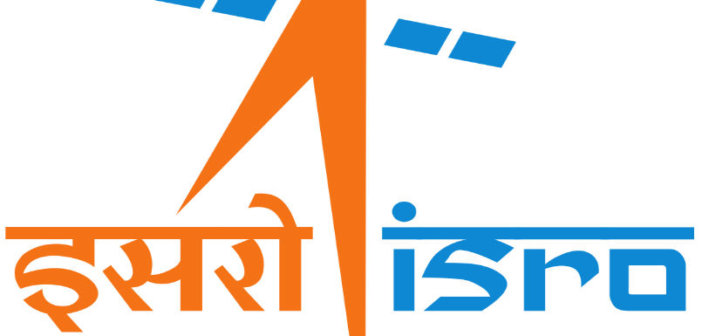India’s Polar Satellite Launch Vehicle (PSLV) has the capability of launching 1700 kg to Sun Synchronous Polar Orbit (600 km) and has proven its versatility in launching multi-satellite/multi-orbit missions as well as lunar (Chandrayaan-1) and interplanetary missions (Mars Orbiter Mission). As on date, PSLV has completed 38 consecutive successful missions, during which it has launched 46 Indian satellites (weighing ~ 43.2 tonnes) and 180 foreign satellites (weighing ~ 6.3 tonnes). It has already established itself as a preferred launch vehicle, in its class, in the global market for launch services, especially for smaller satellites. The Geosynchronous Satellite Launch Vehicle (GSLV), with indigenous cryogenic upper stage, has the capability to launch satellites up to 2.2 tonnes to Geosynchronous Transfer Orbit (GTO). GSLV has demonstrated its reliability through three consecutive successful missions in the past three years.
The maximum GTO capability of other space launch agencies to launch satellites are: European Space Agency (ESA): 10.5 tonnes, USA: 13.8 tonnes, Russia: 6.5 tonnes, China: 14 tonnes and Japan: 8 tonnes.In order to enhance the capability, ISRO has developed the next generation launch vehicle i.e. GSLV MkIII with indigenous high thrust cryogenic stage, to launch 4 tonne class of communication satellites to GTO and its first developmental flight is scheduled to take place in the second quarter of 2017. The development of Semicryogenic engine has also been undertaken to further enhance the GTO payload capability of GSLV MkIII to 6 tonnes.
ISRO has proved the level of efficiency in the area of space science through – (i) planning, development & execution of Lunar mission ‘Chandrayaan-1’ and High resolution imaging & Systematic topographic mapping of the Moon; (ii) successful insertion of Mars Orbiter Mission (MOM) around the planet Mars in very first attempt, achieving all planned objectives and continuing the operations of MOM beyond its designed mission life of 6 months; (iii) placing India’s first observatory in space ‘Astrosat’, which enables simultaneous multi-wavelength observations (Ultraviolet to X-Ray) to study Stars and Galaxies; (iv) indigenous development & validation of several new technologies viz. autonomy, deep space communication, scientific instruments in space science missions.
Future missions in space science includes (i) second mission to Moon ‘Chandrayaan-2’, consisting of an indigenous Orbiter, Lander & Rover and (ii) mission for solar studies ‘Aditya-L1’ to study the solar corona in different wavebands. The capability to set up a space station needs capability of lifting heavy payloads into space. While there is no specific plan for space station, ISRO is working towards this capability through launch vehicles using cryogenic and semi-cryogenic engines.
This information was provided by the Union Minister of State (Independent Charge) Development of North-Eastern Region (DoNER), MoS PMO, Personnel, Public Grievances & Pensions, Atomic Energy and Space, Dr Jitendra Singh in a written reply to a question in Rajya Sabha today.





